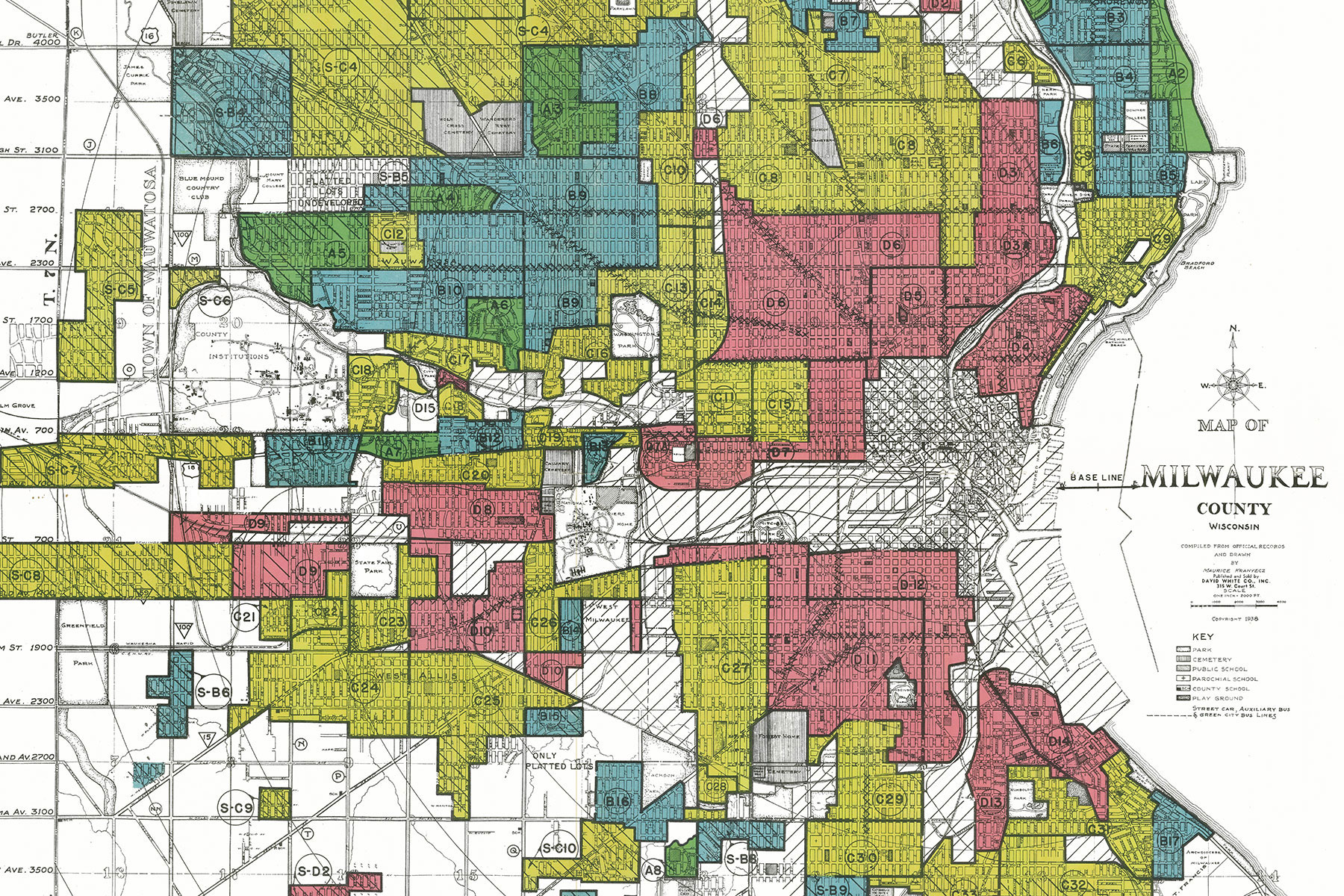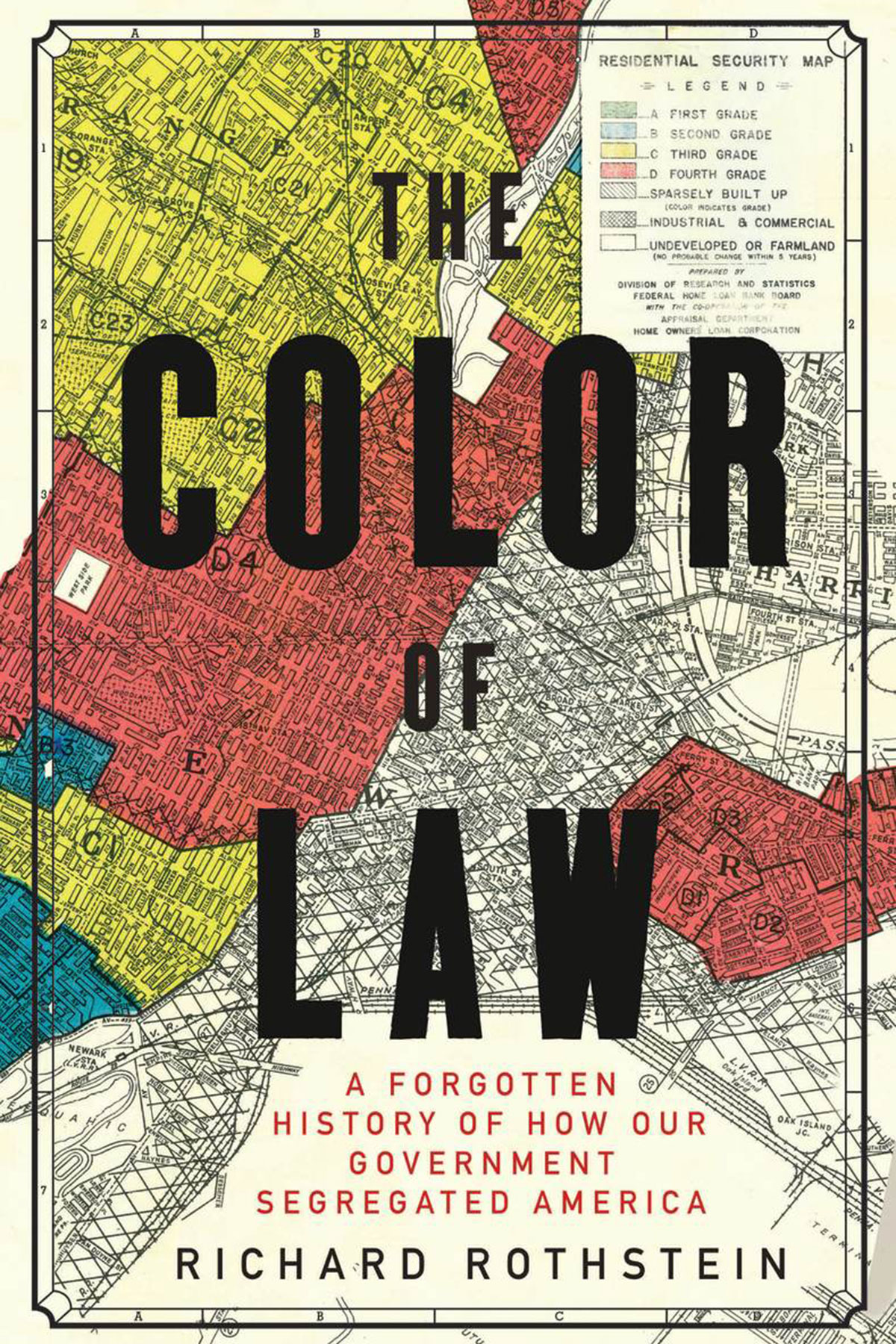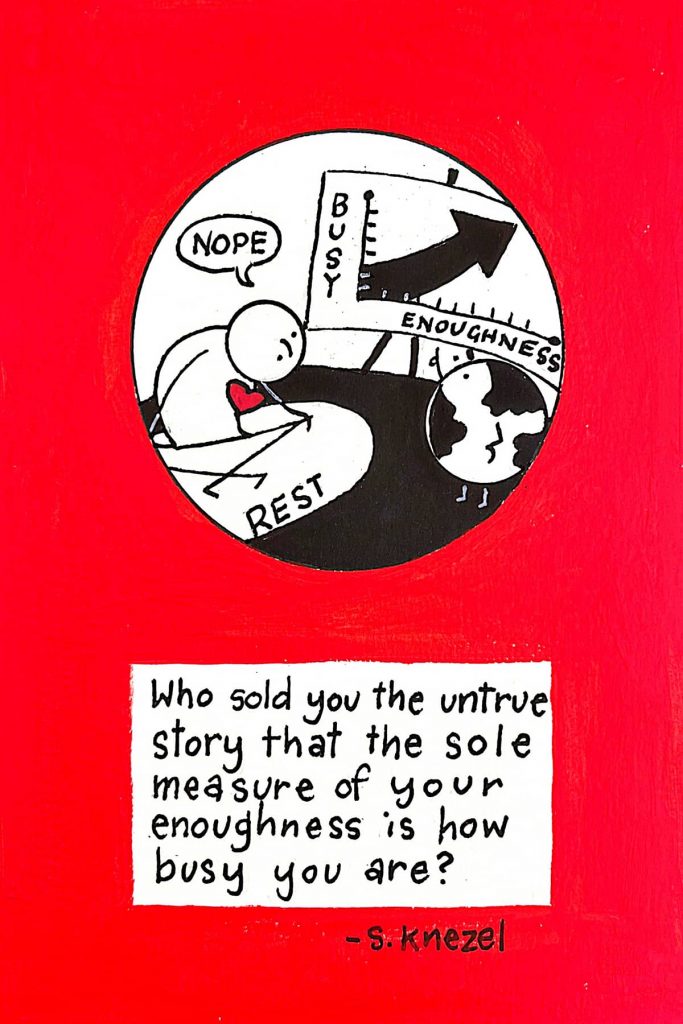
The book “The Color of Law” explores a forgotten history of the role America’s government played in segregation across the country.
In The Color of Law, Richard Rothstein argues with exacting precision and fascinating insight how segregation in America—the incessant kind that continues to dog our major cities and has contributed to so much recent social strife—is the byproduct of explicit government policies at the local, state, and federal level.
“We cannot address our nation’s firmly embedded racial inequalities unless we first can acknowledge how we got where we are, including the conscious creation of racial residential segregation,” said Lawrence Mishel, President of the Economic Policy Institute.
To scholars and social critics, racism in our neighborhoods has long been viewed as a manifestation of unscrupulous real estate agents, unethical mortgage lenders, and exclusionary covenants working outside the law. This is what is commonly known as “de facto segregation,” practices that were the outcome of private, not legal or public policy, means. Yet, as Rothstein breaks down in case after case, until the last quarter of the twentieth century de facto paled in comparison to de jure government-sponsored segregation.
“Richard Rothstein’s The Color of Law is one of those rare books that will be discussed and debated for many decades. Based on careful analyses of multiple historical documents, Rothstein has presented what I consider to be the most forceful argument ever published on how federal, state and local governments gave rise to and reinforced neighborhood segregation.” – William Julius Wilson, author of The Truly Disadvantaged
A former columnist for the New York Times and a research associate at the Economic Policy Institute, as well as a Fellow at the Thurgood Marshall Institute of the NAACP Legal Defense Fund, Rothstein spent years documenting evidence that the government not merely ignored discriminatory practices in the residential sphere, but promoted them.
The impact has been devastating for generations of African Americans who were denied the right to live where they wanted to live, and raise and school their children where they thought best.
“Through meticulous research and powerful human stories, Richard Rothstein reveals a history of racism hiding in plain sight and compels us to confront the consequences of the intentional, decades-long governmental policies that created a segregated America. The American landscape will never look the same to readers of this important book.” – Sherrilyn A. Ifill, president of the NAACP Legal Defense & Educational Fund
While the Fair Housing Act in 1968 provided modest enforcement to prevent future discrimination, it did nothing to reverse or undo a century’s worth of state-sanctioned violations of the Bill of Rights, particularly the 13th amendment, which banned treating former slaves as second-class citizens. So the structural conditions established by 20th century federal policy endure to this day.
At every step of the way he shows that the government upheld racist policies to maintain the separation of whites and blacks. Leading to concentrated poverty and limited income mobility, segregation and the powder keg which has recently defined Ferguson, Baltimore, Charleston, and Milwaukee. The Color of Law is not a tale of Red versus Blue states. It is sadly the story of America in all of its municipalities, large and small, liberal and reactionary.
“Racial segregation does not just happen; it is made. Written with a spatial imagination, this exacting and exigent book traces how public policies across a wide spectrum―including discriminatory zoning, taxation, subsidies, and explicit redlining―have shaped the racial fracturing of America. At once analytical and passionate, The Color of Law discloses why segregation has persisted, even deepened, in the post–civil rights era, and thoughtfully proposes how remedies might be pursued.” – Ira Katznelson, author of the Bancroft Prize–winning Fear Itself
Economic Policy Institute
Segments of text originally published within A Forgotten History of How Our Government Segregated America















